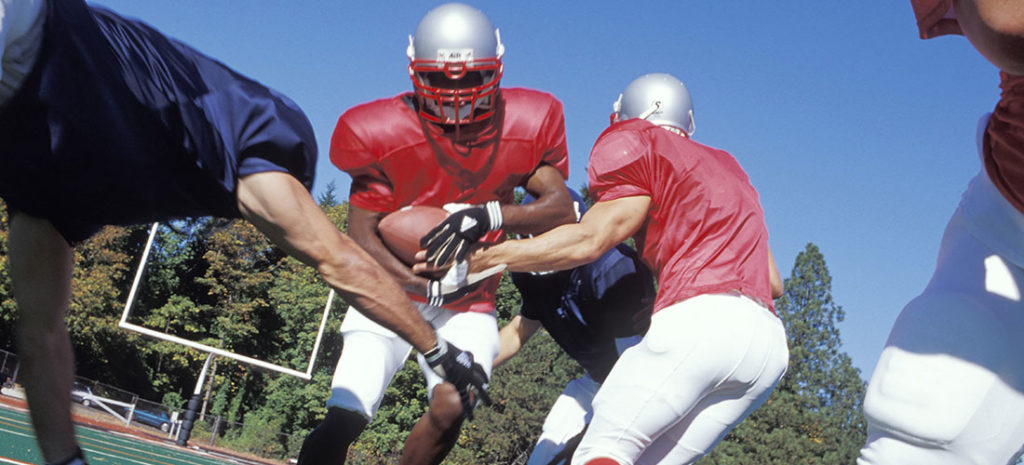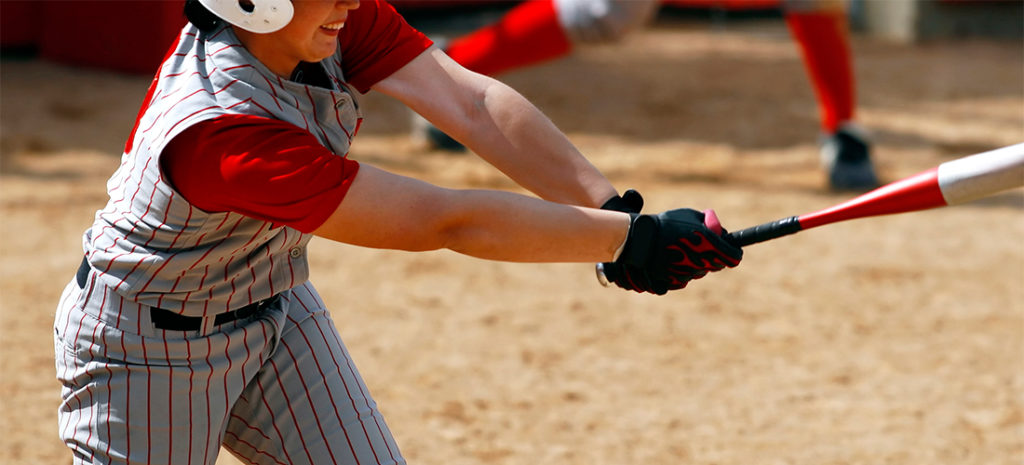THIS POST IS PART OF THE ULTIMATE GUIDE TO SPORTS MEDICINE
Sports that require a lot of running and jumping, such as soccer, football and basketball, can also cause a lot of injuries such as twisted ankles and ACL tears. However, groin pulls or strains are just as common in athletes as well.
Pulled Groin
A groin pull results from putting too much stress on muscles in the groin and thigh area. If these muscles are tensed too forcefully or suddenly, they can get over stretched or torn.
“Sudden jumping or change in direction is usually the cause of a groin pull,” said Dr. Jeffery Soldatis, OrthoIndy sports medicine physician. “Athletes that play soccer, football and even hockey are more likely to suffer from a groin pull.”
According to Dr. Soldatis symptoms of a groin pull include:
-
- pain and tenderness in the groin and inside thigh
-
- pain when bringing legs together
-
- pain when raising the knee
- popping or snapping feeling during the injury, followed by severe pain
Diagnosis
To diagnose a groin pull a sports medicine specialist will perform an exam to determine the exact location of pain. Sometimes tests like X-rays or an MRI may be needed to rule out other injuries such as a sports hernia.
“Usually a groin pull will heal on it’s own with rest, range of motion exercises and possibly physical therapy,” said Dr. Soldatis. “Under guidance of a sports medicine specialist an athlete can gradually return to his or her sport in two to six weeks.”
Most of the time these conservative methods will get an athlete back in the game. However, if an athlete is still experiencing pain, surgery may be an option, especially in the case of a sports hernia.
Recovery
Dr. Soldatis recommends athletes don’t return to their sport too soon after a groin pull. If an athlete returns too soon, it doesn’t give the injury enough time to heal and will lead to a longer recovery time or a complete re-injury.
“Once you can move your leg on the injured side as easily as your healthy leg and you feel no pain when you walk, jog, sprint or jump, you are probably ready to return to your activity,” said Dr. Soldatis.
To prevent a groin pull warm up your legs and groin muscles before physical activity, wear shoes with support, increase intensity of physical activity gradually, stop exercising if you feel pain or tightness in your groin or inside of your thigh and do regular strengthening exercises for your thigh muscles.
To make an appointment with Dr. Soldatis please call 317.569.2515. or learn more about sports medicine treatment at OrthoIndy.
Schedule an appointment
Your well-being is important to us. Click the button below or call us to schedule an appointment with one of our orthopedic specialists. If your injury or condition is recent, you can walk right into one of our OrthoIndy Urgent Care locations for immediate care. For rehabilitation and physical therapy, no referral is needed to see one of our physical therapists.





